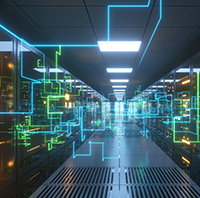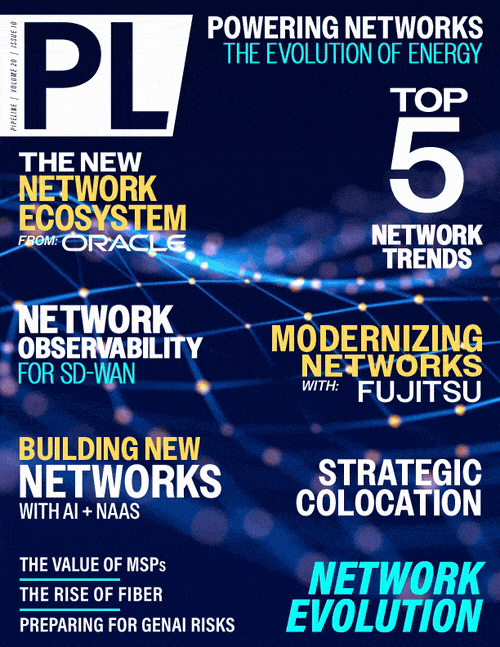Powering the Future: The Evolution
of Energy in Data Centers
By: John Sasser

The digital landscape is undergoing a seismic shift, driven by the exponential growth of cloud computing and the advent of artificial intelligence (AI). At the heart of this transformation lies a critical challenge: how to power the massive data centers that form the backbone of our digital infrastructure. At this juncture, it's clear that the traditional approach to data center power is no longer sufficient. The industry is rapidly evolving, moving from a reliance on utility grids to embracing innovative self-generation technologies and sustainable energy solutions.
The Changing Landscape of
Data Center Power
Historically, data centers have been heavily dependent on utility grids for their power needs. This model worked well when facilities were smaller and power demands were more predictable and less taxing. However, the explosive growth of digital services, coupled with the emergence of power-intensive AI applications, has strained this traditional approach to its limits.
The surge in power demand is putting pressure on existing grid infrastructures. Utilities are struggling to upgrade transmission networks fast enough to meet the escalating electricity requirements of data centers. In many major markets, including Northern Virginia, Santa Clara, Hillsboro, parts of Dallas, and suburban Chicago, as well as locations in Europe and Asia, power availability has become a hindrance on data center growth.
The consequences of these grid constraints are far-reaching. Power supply delays are extending data center construction timelines by years in many markets. This not only impacts the ability of data center operators to meet the growing demand for their services but also has significant economic implications for the industry and the broader digital economy. While power capacity availability has always been a component of site selection, it is now the primary factor, leading developers to areas that would not previously been considered.
The Push for Self-Generation
In response to these challenges, the data center industry is turning to self-generation technologies. While the shift is primarily driven by the simple need for capacity, there may be other benefits, such as:
Sustainability: Self-generation allows data centers to more easily incorporate renewable energy sources, aligning with corporate sustainability goals and regulatory requirements.
These same factors are also driving exploration of alternatives to traditional diesel as backup power to maintain the industry’s uptime standards.
Emerging Technologies in Data Center Power Generation
The move towards self-generation has spurred innovation in power generation technologies for data centers. Some of the key technologies being adopted include:
Gas Turbines and Fuel Cells: These technologies offer high efficiency and reliability, making them well-suited for data center applications. There are many companies at the forefront of
deploying fuel cell technology in data centers, offering a cleaner alternative to traditional diesel generators.


















